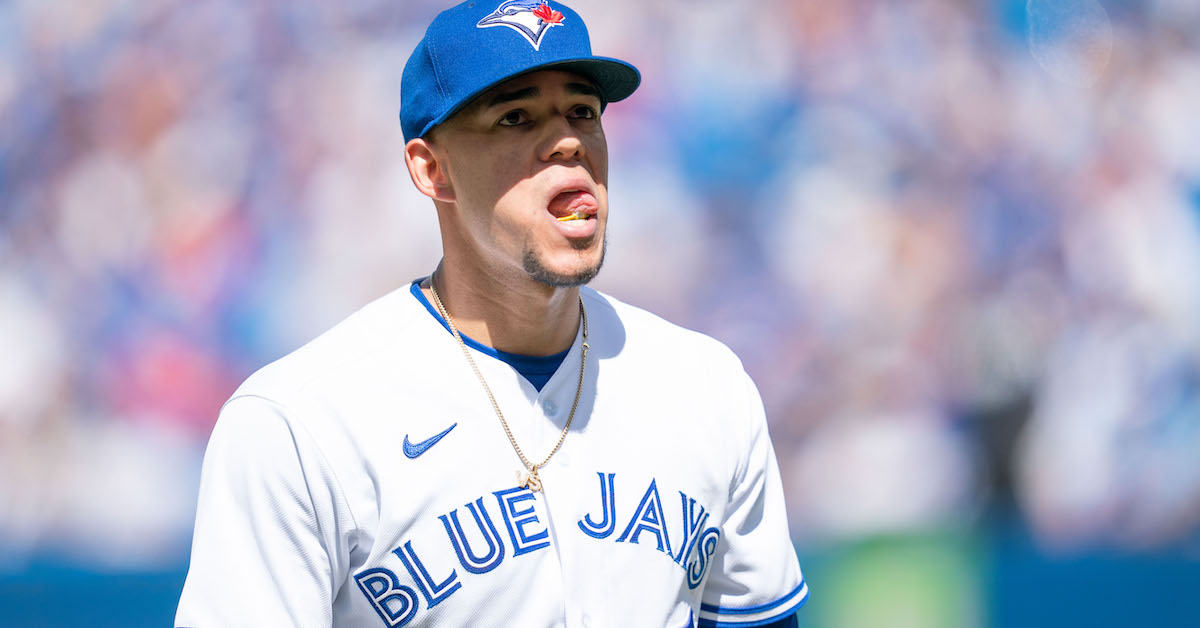Lars Nootbaar Is For Real

You know the basics of Lars Nootbaar’s story, because you know how the Cardinals seem to work. An eighth-round draft pick in 2018, he held his own in an increasingly tough set of minor league assignments, made the show in ’21, and is now leading off for one of the best offensive teams in baseball. He’s putting up more or less the best offensive performance of his career, and doing it in the major leagues after less than 1,000 minor league plate appearances. Nothing to it! Just a little devil magic, move on with your lives.
If you look a bit deeper than the basics, though, Nootbaar gets far more interesting. That same old story? It’s not really right. Nootbaar isn’t the same player he was when he was drafted. He’s a slugging corner outfielder who probably had a lot to do with the Cardinals’ willingness to trade Harrison Bader at the deadline. Let’s take a journey through his pro career and see if we can predict his future at the end of it.
When he was drafted, Nootbaar was an approach-over-tools prospect. He’s always had a good sense of the strike zone; the question was whether he’d be able to muster enough power on contact to keep high-level pitchers from knocking the bat out of his hands. In 2018 and ’19, that concern seemed pressing: in 265 plate appearances between Hi-A and Double-A, he hit only two homers and posted a .055 ISO. In other words, pitchers were knocking the bat out of his hands. He posted an average batting line anyway, but let’s face it: that’s an uninspiring start to a career.
Read the rest of this entry »








